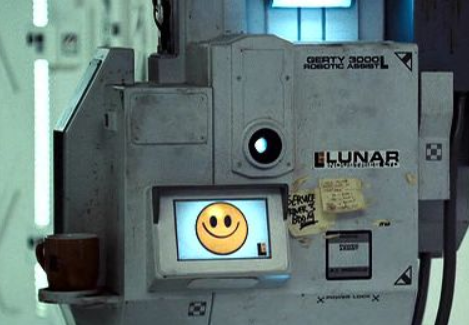Why is it so?
There are multiple reasons. For instance, DARPA CALO was focused on building a system for the military, and it was designed to help with a number of productivity-specific scenarios, like helping building documents based on the past structure, automating routine tasks, and so on. With Siri and the like, the focus broadens, now targeting development on consumers’ needs. The task is no longer to aid in productivity, but to help with the everyday chores, albeit limited to what a smartphone and the cloud can realistically do. While this change shifted the energy towards understanding human speech in its variety, a Holy Grail of its own, it also made A.I. assistants less exciting, and perhaps less reliable. Afterall, asking a machine to wake you up next morning at 6am however novel it is, is hardly inspiring.
At DeepPavlov.ai, we are working at the cutting edge of Conversational A.I., where our focus is on uncovering the complexity of the natural language understanding, towards A.I. assistants that can understand people, support meaningful conversations, and be able to act upon users’ requests. We believe that such A.I. assistants have to possess a number of capabilities like world and user understanding through building their corresponding knowledge graphs, and bot’s persona that learns on the go, and behaves more like a real human than a simple machine.
To see a better picture of what we’ve envisioned, we went to the science fiction stories that have exciting examples of such A.I. assistants. While Hal 9000 from the Spacey Odyssey: 2001 and Ash from Alien are well-known evil A.I.s (led by their own agendas, or agendas implanted by their owners), we wanted to find something that would be a positive example, and be more grounded in our reality. One of such examples is an A.I. Assistant called Gerty from the now classic cult sci-fi movie The Moon, made by Duncan Jones.
Gerty lives on the Moonbase Sarang, and it is quite believable in a number of ways. First, it is a set of physical components that move on the ceiling rail across the base, which is totally achievable by today’s standards. Second, it can execute particular tasks per it’s human counterpart, Sam, like a typical goal-oriented chatbot. Third, it can support a meaningful emotional conversation with humans, which while challenging is already a focus of Amazon Alexa Prize competition, and is within reach for the top A.I. research labs across the world. Finally, Gerty is not just a Siri or Google Assistant app that can entertain and do some basic things; instead Gerty is something Sam, Moonbase’s sole inhabitant, has to rely upon during his 3 year long mission.
This is an exciting example of an A.I. assistant to build, and in our upcoming ODSC West talk, “Conversational AI with DeepPavlov,” we will give you a chance to learn how you can build a software part of Gerty using our DeepPavlov Conversational AI stack.
We welcome you to join us in our journey towards building a very first demo of a Gerty-like A.I. assistant using our technology at ODSC West!

